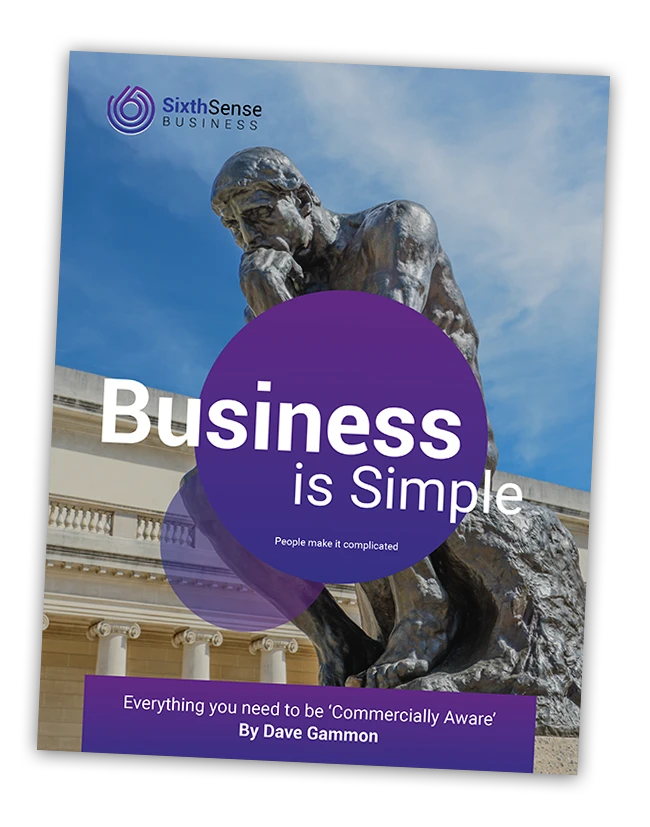
Given the complexity and myriad of challenges facing business leaders daily, how do you formulate solid commercial responses, even when you don’t have detailed technical knowledge of the situation?
Eight years ago, I had a meeting with a serial entrepreneur based in Basingstoke. When we met, he was building his third business, having already built two other eight-figure companies before selling them.
I figured there might be some lessons for some of my clients, so I asked him what advice he had been given that had enabled him to repeat this feat successfully twice. He told me that when he was embarking on his first business venture, he was told that building a business was like jumping a series of chasms. It didn’t pay to stand and stare too long into the chasm as you would talk yourself out of it. Better to keep your head looking straight ahead and jump for all you are worth.
Any company is in a constant state of evolution as it reacts to changes in the marketplace and within the company itself. Perhaps there is a new product opportunity, a repeating production error, a competitor launch to be exploited, an employee performance issue; the list is endless. New chasms are constantly opening, and there are always new gaps to identify and close.
‘Where we are’ will always be different from ‘where we want to be’.
These gaps will be one of just two types of motion: moving towards an opportunity or moving around, or away from, an obstacle.
By seeking out and closing these commercial and operational gaps, we put ourselves at the intersection of action and luck, where we are best positioned to achieve our outcomes. But given the complexity and high volume of opportunities and obstacles arriving each day, how do we identify the right decisions and actions to take?
As a Business Coach, I would arrive for appointments and, until the meeting started, would have no sense of what was going to come up in the session. I had to be prepared to help them with what felt like an unlimited range of situations, challenges and opportunities that may be happening.
On one occasion, after I had coached a client through a thorny personnel problem, he looked at me and said, “I wish I could think like you. You always have solutions, no matter what I throw at you”.
Up to this point, I hadn’t given any thought as to how I did what I did.
What was my internal process?
His comment made me reflect on how I help clients solve problems, strategically plan, innovate, and improve their performance. In this analysis, I found a subconscious pattern that I had been running for years. If I could create a process from this, I could teach people to solve any problem without my help. The solution?
A five-step process to exploit opportunities and overcome obstacles.
- Where do you want to be?
Start with a clear, detailed vision and an internal experience of your intended outcome. From this position, it is easier to have access to a more excitatory state of mind which in turn allows you to access solutions more effortlessly.
- Where are you now?
Gain a complete factual understanding of what you have available to help you and what you need in your current position. It is the tension between these two points that creates the compulsion for action.
- The path of least resistance.
Work out the most direct route (the sequence of research, ideas, decisions, and actions) to close the gap between where you want to be and where you are. Note: it’s the most direct, not the easiest or most comfortable.
- Remove known obstacles.
Identify and resolve logistical (time, people, skills, and money) obstacles. Understand and coach out psychological barriers that could result in procrastination, half-hearted action, or inaction.
- Measurement protocols.
Establish a means of reporting and measuring progress and whether desired outcomes will be achieved.
Using this sequence, considering each step carefully, makes it possible for anyone to figure out a plan of action for closing any gap. There will be many occasions where it is impossible to know the entire sequence of steps required until some actions have been completed (I refer to this as the event horizon). When this happens, we need to quickly take the first few action steps to open the complete sequence.
In any case, the goal is to move as quickly as possible from planning into action, as it is only when actions are taken that we get valuable feedback.
